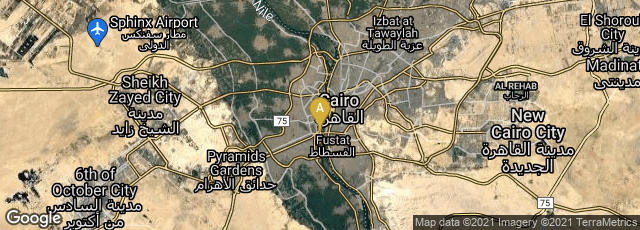

The Group of Scribes, the lower Range of Representations on the Northern Wall of the Tomb of Prince Kaninisut, excavated from Giza, shows 4 scribes sitting in the characteristic scribal posture on the floor, writing.
"If writing was not done in a standing position, it was done sitting down with crossed legs, and the papyrus was laid without any support on the stretched kilt. The roll was held at right angles to the body and was unrolled with the left hand and rolled up with the right. The beginning was thus on the right-hand side and writing was done from the right to the left. Until the Twelfth Dynasty writing was done from the right to left in vertical lines, horizontal lines being only used for dates, headings or signatures. After the Twelfth Dynasty writing was done (from right to left) in horizontal lines, but one page was divided up into several columns. In certain texts writing was done backwards, i.e. single signs were written from right to left, but vertical lines (or columns) followed each other from left to right. In other manuscripts two columns were written alongside each other in such a way that in one the signs were written from left to right and in the other from right to left so that they 'looked at each other'. Adminstrative documents formed an exception; it was customary to hold them perpendicularly so that the lines ran parallel to the narrow side of the papyrus. The only known exception is thus all the more interesting. Since a Moscow papyrus containing an account of the voyage of Wenamum, i.e. a literary text, is wrriten in this way, it can be assume that it is an official report which the traveller wrote for some chancellery" (Hussein, Origins of the Book. Egypt's contribution to the development of the book from papyrus to codex (1970) 17-18, reproducing a drawing of the full Kaninisut relief on p. 11, caption p. 22).
Included in the image are receptacles for papyrus rolls, including bags and corded boxes. This limestone carving is from The Offering Room of Prince Kaninisut as preserved in the Kunsthistoriches Museum, Vienna.
"The postures and equipment of the scribes are very remarkable. Crouching on the ground, they seize the half-open papyrus with their left hand and hold the palette between the thumb and forefinger. With only one exception, the palettes are shells. Two round spots on the inside of the shells mark the places where they prepared the black and red used for the summary. Two spare reed pens stick behind the ear of each scribe. The boxes, destined to contain the papyri, show interesting forms" (Junker, The Offering Room of Prince Kaninisut [1951] 35 and plate 12).